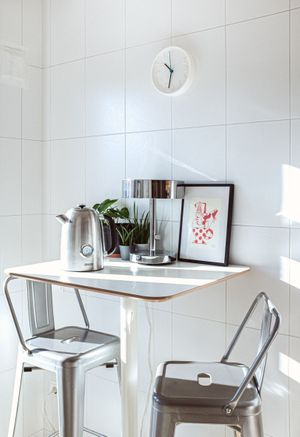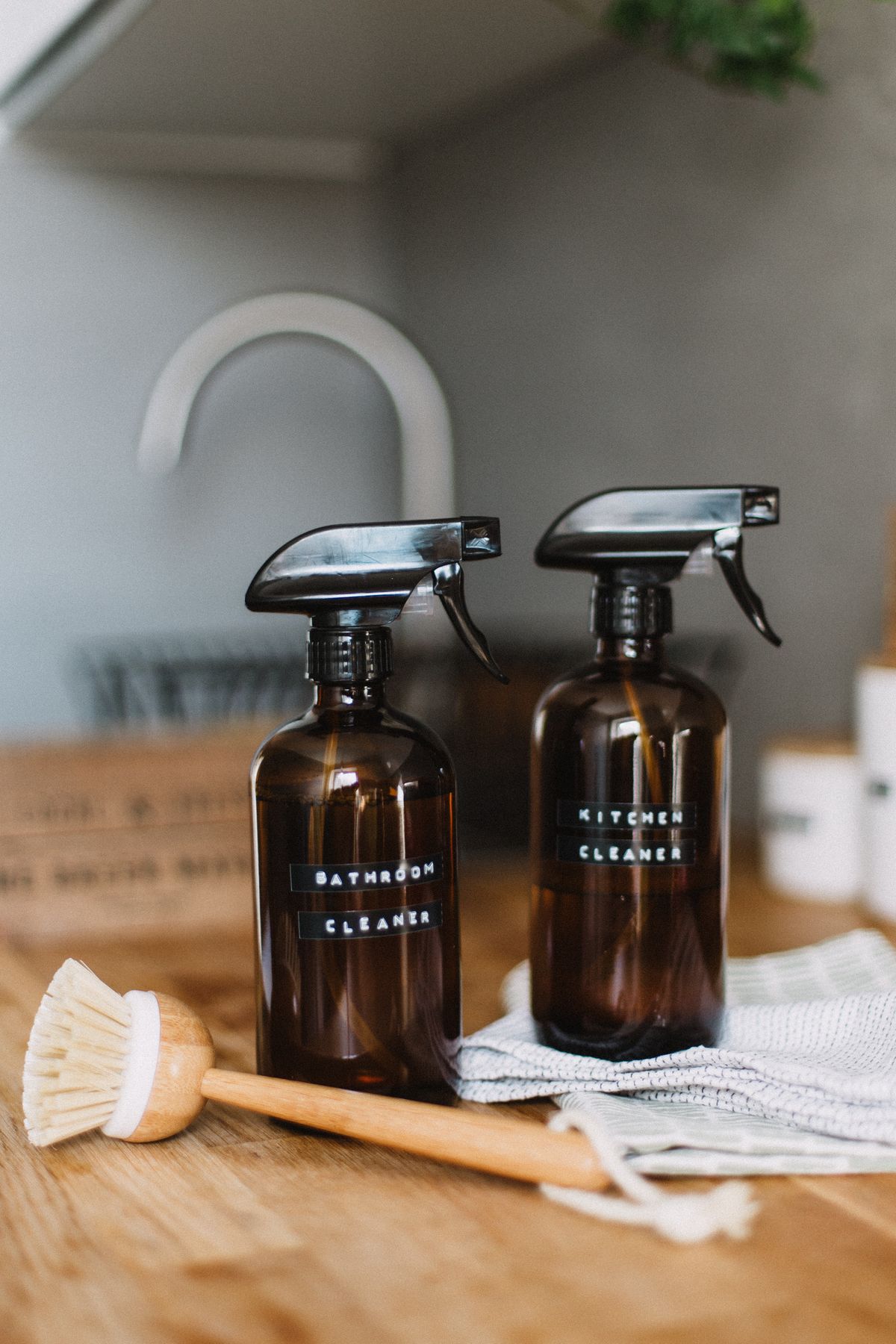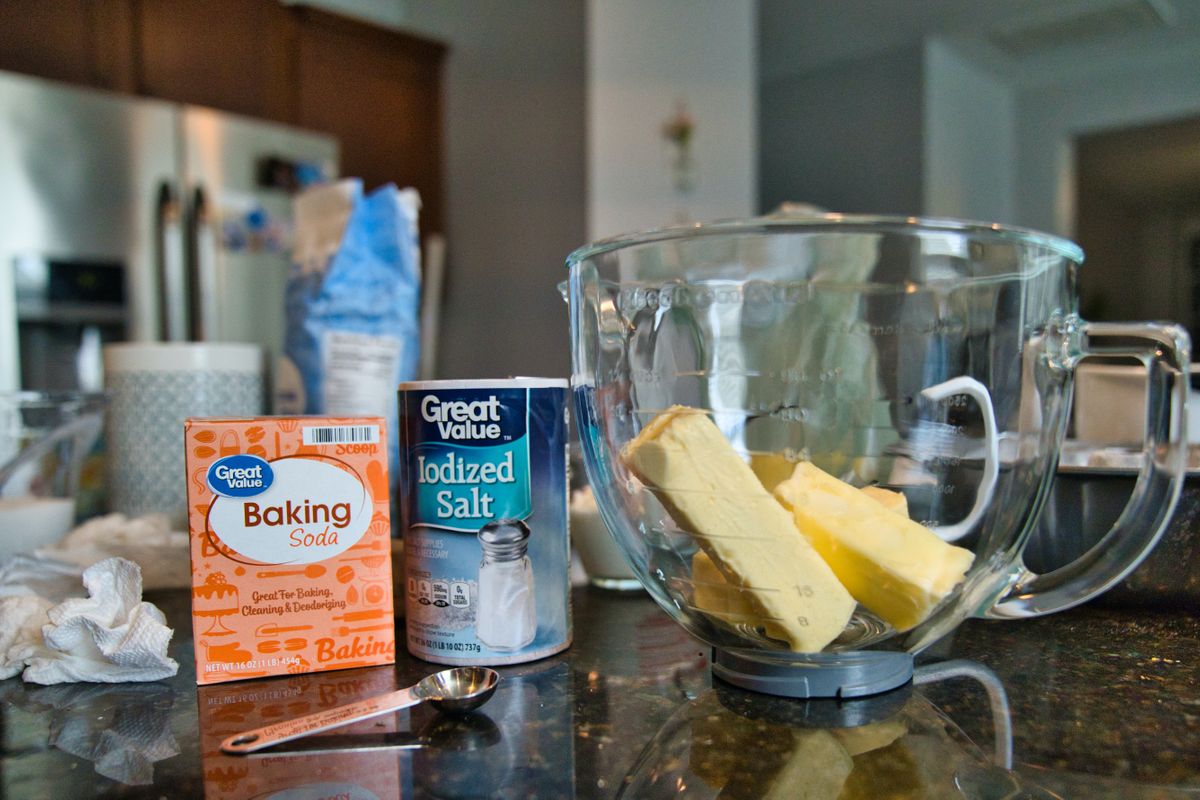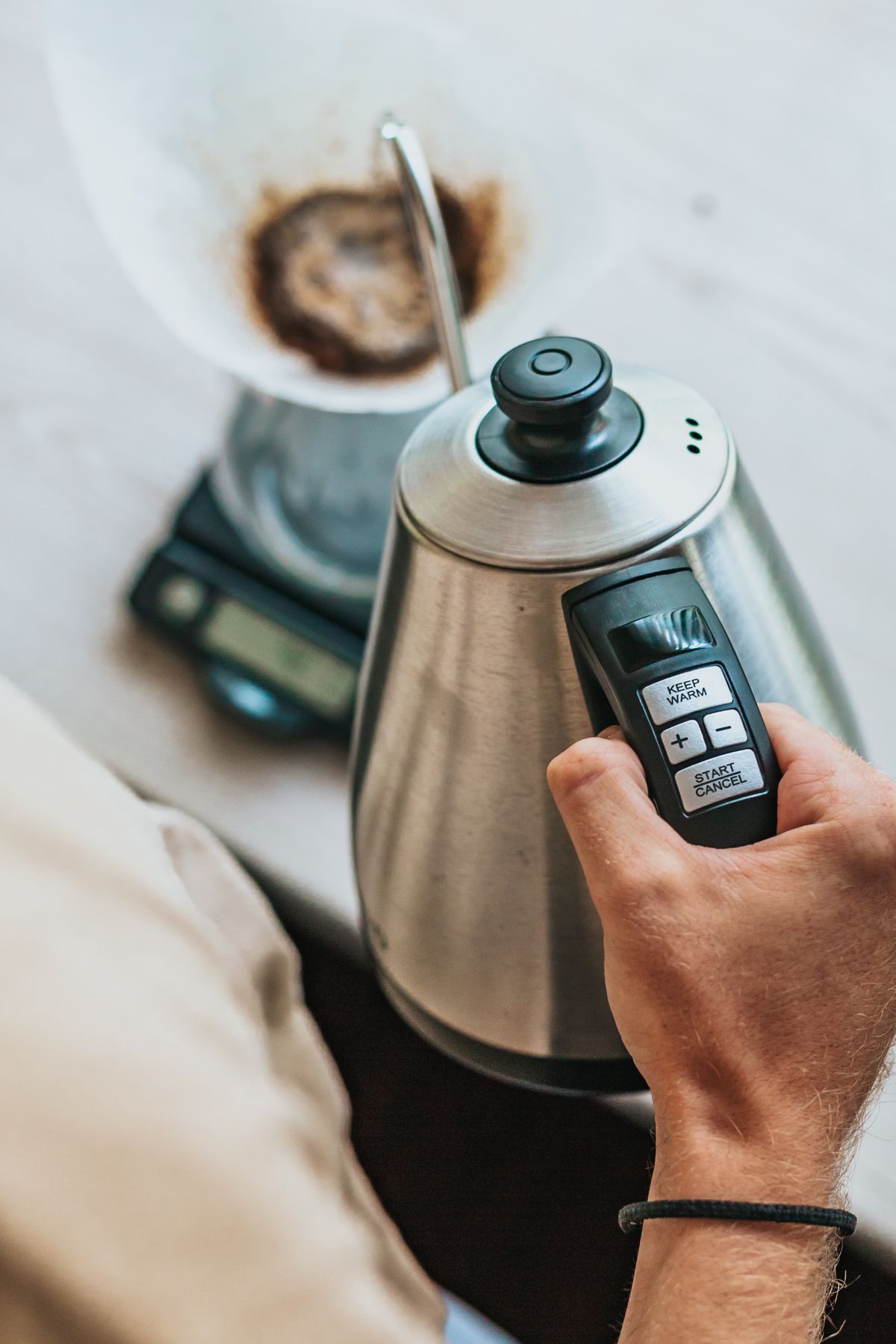Excellent electric kettles allow you to rapidly boil water for an iced tea maker or brew a cup of hot, nutritious tea whenever you choose. Cooks have discovered that boiling water in an electric kettle is a quick and easy method to prepare pasta without having to turn on the burner. There is a significant number of workers in the workplace make daily use of the kettle. How do we clean an electric kettle then?

How to Clean an Electric Kettle At Your Office
Edomey Enterprises Ltd. - Jay Do
Electric kettles, in particular, need extremely little upkeep on the whole. However, one thing that you should keep an eye out for is mineral accumulation, particularly calcium and magnesium from your community's water supply, which may settle on the inside. The amount of time it takes for the kettle to bring water to a boil might be affected by this accumulation. The process of removing this mineral accumulation is referred to as "descaling," and the frequency with which you need to descale your electric kettle is determined by the "hardness" of your water. Because hard water has a higher concentration of mineral deposits, it requires descaling on a more regular basis. In general, you should probably clean it once a month, or in accordance with the guidelines provided by the manufacturer. If your kettle is made of glass and the bottom can be seen clearly, you may visually inspect it to see when accumulation starts and then clean it appropriately.
The process of descaling is specialized enough that some companies provide descaling solutions. However, distilled white vinegar is the most effective do-it-yourself solution. The acid in the juice or citric acid in the baking soda is what accomplishes the work. We will discuss the three most common do-it-yourself approaches to descaling a kettle, as well as provide suggestions for cleaning the outside of your electric kettle.

2. With Lemon Juice or Citric Acid
Since lemon and tea go along so well, you won't have to worry about any unpleasant aftertastes from using lemon juice to descale your electric kettle. As an alternative, you may use citric acid powder, which, when mixed with water, dissolves and decomposes grease and grime in the same manner as lemon juice does. Powdered citric acid is a common ingredient in canning and preserving supplies, and you may find it in the same aisle as the spices. It's a common natural preservative used in many products. The following applies to this strategy:
- Put enough water in your kettle so that it covers the bottom, then add 1 tablespoon of lemon juice or 1 tablespoon of citric acid.
- To steep the tea, bring the water to a boil, then turn off the heat and let the kettle alone for around 20 minutes. Remove the contents of the kettle and flush it with clean water.

3. With Baking Soda
Light deposits in the bottom of your electric kettle may be easily removed by using baking soda, a tried-and-true cleanser. Consider this possible application:
- Put 1–2 tablespoons of baking soda in the kettle, and fill it with water to at least the halfway point.
- Once the water reaches a boil, remove it from the heat and let it rest for 20 minutes.
- Remove any food particles from the bottom of the kettle by rinsing it with water and wiping it off with a sponge or soft cloth. Repeat the rinsing process to eliminate any remaining baking soda.

Tips For How To Clean the Outside of an Electric Kettle
It's a good idea to give your electric kettle's exterior a wipe clean every so often, and particularly if it gets splashed with sauce or oil while you're using it. Wipe the kettle down with a towel that has been dipped into a sudsy solution of dish soap and water, then wrung out so that it is only moist and not dripping wet. To remove the soap, just repeat the procedure with fresh water. Your kettle should never be submerged in water. Not only should you not submerge it, but you also shouldn't put it in the dishwasher. Electronics may be harmed if you do this.
Tips For How To Clean the Inside of an Electric Kettle
- Let your cleaning solution (vinegar, lemon juice, citric acid, or baking soda) soak overnight if the buildup is really significant or if this is your first cleaning in a year or more.
- You may use the same procedures on a glass, ceramic, or stainless steel electric kettle.
- Most electric kettle makers advise taking the filter out, rinsing it under water, and drying it with a clean towel after use.
- Dish soap is unnecessary in a kettle. You shouldn't have to worry about grease or food stains inside of an electric kettle since that's the primary use for which it's recommended. To avoid scratching the heating element, an abrasive brush shouldn't be used either. In a nutshell, treat others with kindness.
